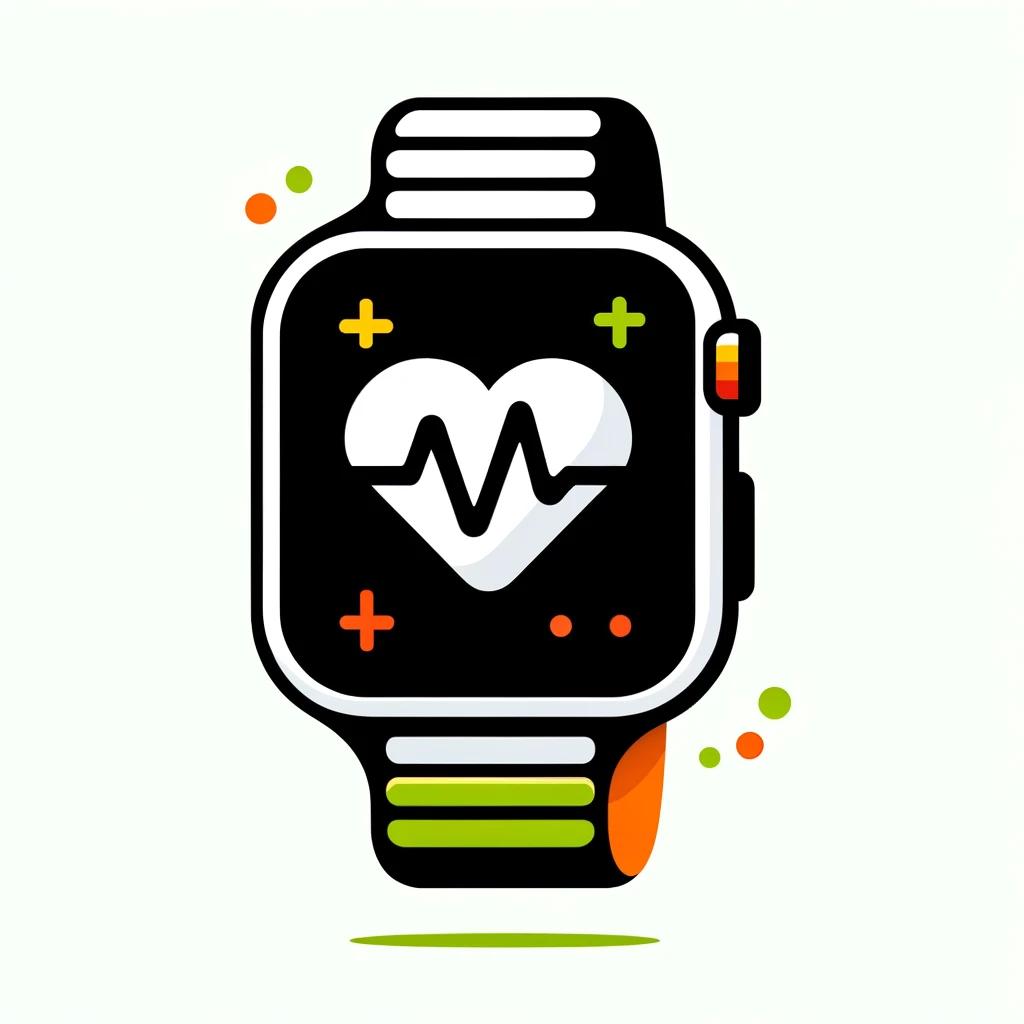Openness
HUBII is completely open. It allows anyone to publish pipelines and experience the pipeline of others.
Transparency
HUBII offers transparent biosignal intelligence by providing detailed descriptions and access to the source code.
Easy Access
HUBII targets easy access to biosignal intelligence for expert and novice users.
What is Biosignal Intelligence?
To process biosignals, various steps have to be carried out in order to make meaningful use of the colleced data. This includes filtering outliers, scaling or normalizing as well as deriving specific new features. Building on this pre-processed data, higher-leve human characteristics and states such as flow, cognitive load or emotions can be recognized from the calculated features using machine learning. Overall, this makes up a comprehensive and complex biosignal intelligence chain,
What are Sensors ?
Sensors are devices that produce a measurable change in output to a known input stimulus.
What are Biosignals?
Biosignals are autonomous signals produced by the living organism energetically and measurable in physical quantities using sensors.
How To HUBII?
HUBII provides open, transparent and simple access to biosignal intelligence pipelines on top of existing technical infrastructures. By building on established and trusted infrastructures such as “Hugging Face“, With its functionality, HUBII targets easier discoverability of existing pipelines by providing a systematic classification and documentation.
Use of Pipelines
Existing pipelines are systematically classified along human activities, biosignals, and sensors. Each pipeline is described in detail and simple examples are provided. Since the pipelines follow a standardized structure, they are similar to use, and users can quickly extend their knowledge.
Contribution of Pipelines
HUBII follows an open community approach. Any pipeline developer can contribute. To this end, we offer developers the opportunity to make their own pipelines available, traceable, usable and citable following the open science paradigm.



